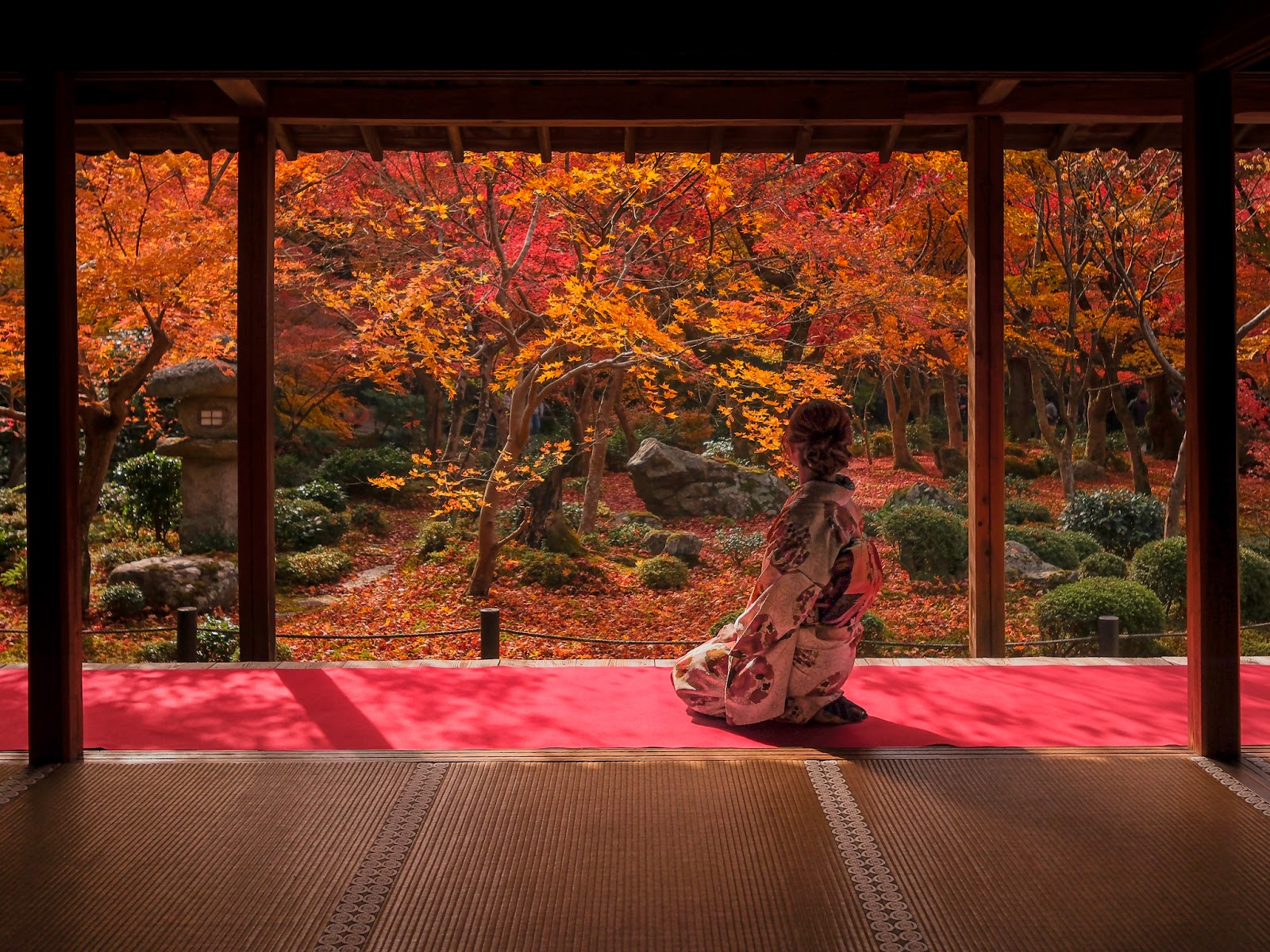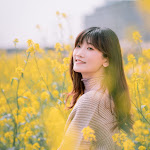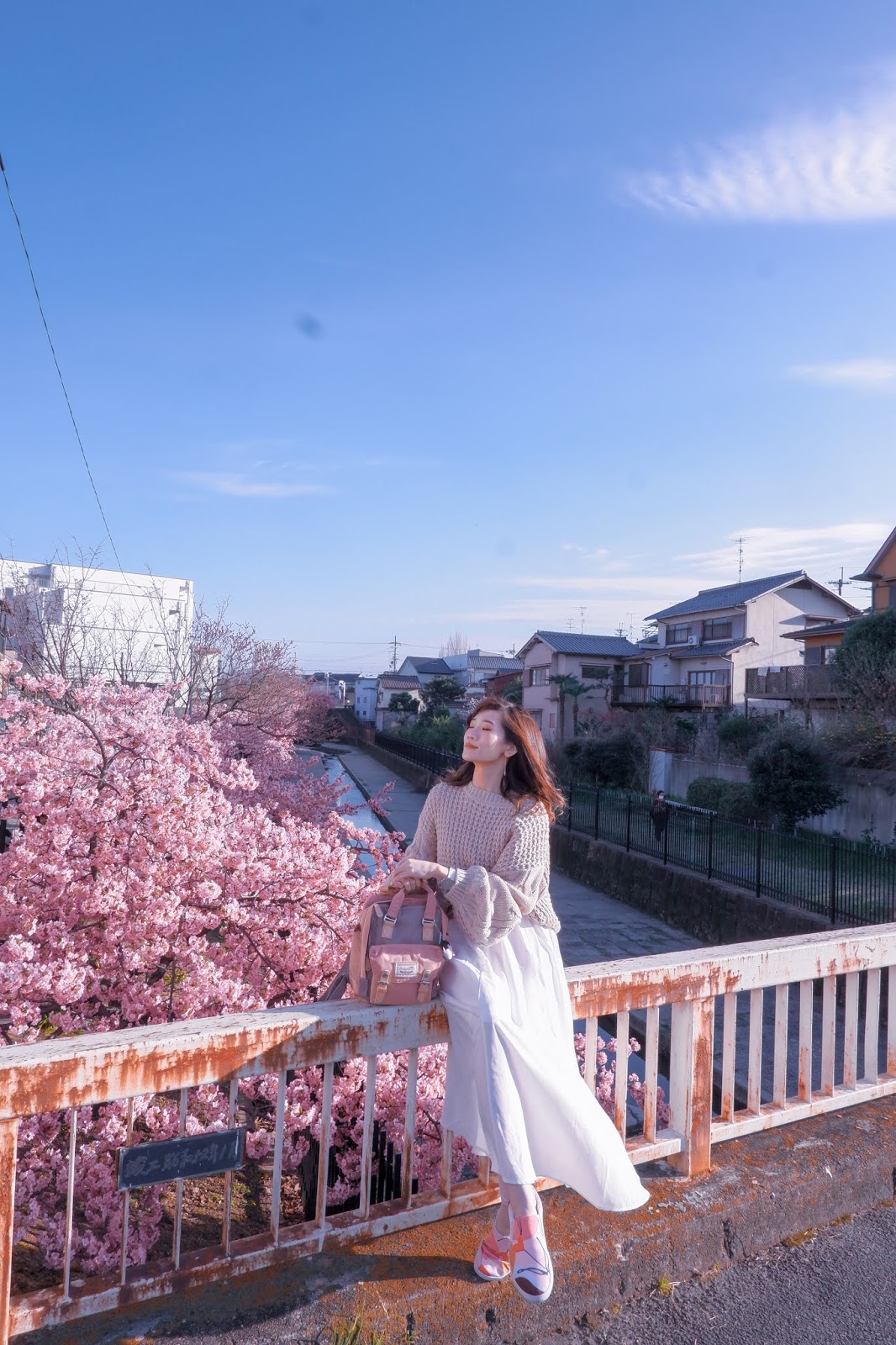Japan's Best Original Sake
If i were to drop a question on which prefecture produces the best sake in Japan, i don't blame you guys from immediately saying "Niigata", because that's what online media has always been posting anyway. Mainstream stuff lol. Doing a little digging around you'll actually find all sorts of mix information about Japan's sake origins but one thing is consistent is that sake first originated from Harima Province, Hyogo prefecture. If you are not sure where is that on the map, it’s located an hour bus ride away from Himeji castle.
Hyogo prefecture's history in brewing is as old as sake itself, so that alone I think is enough credibility for a good sake.
Hyogo prefecture's history in brewing is as old as sake itself, so that alone I think is enough credibility for a good sake.
How old is old?
Found in written records dating back about 1300years - Harima no Kuni Fudoki which shares about the culture and traditions of this province, how they used the mould found in rice from ritual offerings to brew sake and then offer it to the Gods in banquets.
I have been to Himeji twice prior before, making this trip my 3rd and I have always noticed there are sake barrel decorations around Himeji station but didn't really give it too much thought till this recent visit and that’s because our guide told us to pay extra attention to it lol. What I am aware before this is how sometimes Kobe's sake gets highlighted as being "one of the best" but when you start connecting the dots, they all link back to one place and that’s Hyogo prefecture.
What does this prefecture have that other 46 prefectures don’t to create the ultimate sake?
It's not any special ingredient in case you are wondering, because sake making is pretty standard when it comes to ingredients (the usual rice, water, yeast & koji mould) and what makes each sake brand unique is likely their brewing methods, it could be a family technique used for generations. Hyogo prefecture’s climate is boasted to have the perfect conditions for the fermentation process, it’s neither too cold or hot. This is the key element of sake brewing.
Truth be told, I’m no sake expert (not yet!) though I do enjoy the occasional drinks and you definitely can taste the difference between a good brew and an average one. This recent sake tour I participated in brought me to the home of not one but TWO of the Four Great Brewers in Japan, Harima was one of it while the other is Tajima (northern part of Hyogo).
It's not any special ingredient in case you are wondering, because sake making is pretty standard when it comes to ingredients (the usual rice, water, yeast & koji mould) and what makes each sake brand unique is likely their brewing methods, it could be a family technique used for generations. Hyogo prefecture’s climate is boasted to have the perfect conditions for the fermentation process, it’s neither too cold or hot. This is the key element of sake brewing.
Truth be told, I’m no sake expert (not yet!) though I do enjoy the occasional drinks and you definitely can taste the difference between a good brew and an average one. This recent sake tour I participated in brought me to the home of not one but TWO of the Four Great Brewers in Japan, Harima was one of it while the other is Tajima (northern part of Hyogo).
The sake brewery we visited is a 10th generation multiple award winning brewery called Tsubokasa Shuzo, located at the base of Seppiko-san (Mt. Seppiko) which still uses the original traditional art of producing unfiltered and unprocessed sake through fukuro shibori (extraction from bags), allowing people to enjoy sake the way it was 400 years ago. Sake making is a human labour-intensive process so many modern breweries would rely on machineries to replace these old methods for optimal production. That is why Tsubokasa’s sake is well sought after throughout Japan, the originality of it is beyond compare.
This method of extraction enhances the natural rich flavour of the rice yet at the same time retains its signature mild taste, leaving no sharp stinging acidity lingering around the tongue. A smooth drink from start to the end, as expected from a good quality concentrated and unfiltered beverage, exactly how I like my sake tasting like haha.
Paying a closer look to their brewing methods, as shared by Tsubokasa; The best way to prepare the yeast that will be used in their sake is by natural fermentation as yeast is a living microorganism that thrives when climate and environment is suitable. They pride themselves in nurturing these yeast with utmost care by providing a comfortable environment for it to do its job. Talk about going an extra mild for something the naked eye can’t see lol but this process is fundamental as they rely on the yeast to produce their signature mild tasting sake. The entire production process relies mostly on mother nature’s influence (climate & rice quality) hence there is a subtle taste difference in the sake produced every year, some manufacturers may see this inconsistency as a demerit for quality control and branding image but Tsubokasa Shuzo embraces it as part of its sake making roots and identity thus creating something only true sake lovers can appreciate.
Though I know the importance of producing a consistent tasting product for consumers but what Tsubokasa teaches us is by far more important; It shows us the only thing mankind will never be able to control are the forces of nature. Instead of working against it, embrace and make the best out of what is presented to us at that point of time. Perfection is purely a subjective matter; this why artisanal products are still highly sought after in this modern times.
Had the opportunity to sample some of Tsubokasa’s popular sake range and I know quite a number of you are curious to know which sake best but sorry to disappoint you because I think all of them are good in their own way, each providing a distinctive aftertaste so you’ll definitely need to sample it on your own to find one that suits you best lol.
Though I know the importance of producing a consistent tasting product for consumers but what Tsubokasa teaches us is by far more important; It shows us the only thing mankind will never be able to control are the forces of nature. Instead of working against it, embrace and make the best out of what is presented to us at that point of time. Perfection is purely a subjective matter; this why artisanal products are still highly sought after in this modern times.
Had the opportunity to sample some of Tsubokasa’s popular sake range and I know quite a number of you are curious to know which sake best but sorry to disappoint you because I think all of them are good in their own way, each providing a distinctive aftertaste so you’ll definitely need to sample it on your own to find one that suits you best lol.
1. Tsubosaka Seppikosan TRIAL
This one reminds me pretty much like sparkling wine (minus the bubbles), fresh and light. Easy to drink which is great for those new to sake and it’s produced limited quantity each year. Consider it like “baby sake” before its aged.
2. Junmai Ginjo Seppikosan Yume Nadeshiko
Prepared using flower yeast from Nadeshiko flower which also symbolizes “pure love”, this sake has a faint sweet scent and aftertaste. Suitable for those who like their sake sweet.
3. Junmai Genshu Sake Seppikosan
Junmai Genshu Sake Seppikosan is a karakuchi (unsweetened) sake. It allows you to taste the intense natural flavour from the rice itself which I found slightly sharp to my liking to drink in copious amount lol. It hit me quite hard on first sip, i know i'm weak AF 😂
4. Murokagenshu
Pure unfiltered sake made using fragrant yeast and chemical free rice from Yamada Nishiki (Hyogo prefecture), best enjoyed chilled.
5. Shiboritate Kinsubo
With the highest alcohol content out of the whole lot at 20% and has gone through 4 rounds of processing to bring out the flavour’s intensity; Shiboritate Kinsubo gives off a bold and rich taste with a slight hint of sweetness upon first sip, so smooth that feels like I’m drinking finely aged wine.
Tsubokasa’s best-selling award winning product is the Junmai Genshu Sake Seppikosan
Highest quality out of all the range offered by this brand and it’s something both old and new customers look forward too every year. Take note, it’s a “Best Selling” item!
Also do you know the reason behind different sake coloured bottles- green/ brown? This isn’t just for aesthetic purposes (I too used to think so lol) but for an indicator for an important purpose like blocking out light especially UV rays as it will alter the chemical composition of sake. Each coloured bottle has their own storage methods as well, so if you were to bring back a bottle and only to find it tasting and smelling abit different from what you have tried at the brewery, it’s likely because of your storage environment. Brown bottles are made for long term storage, so you’ll find most aged sake in one, followed by green bottles which also works the same to block out UV rays but it’s meant for shorter shelf storage hence best to store in its original box/ wrapping and in cool temperature environment (like a wine cellar or fridge). Last but not least clear & blue coloured bottles, these are meant for quick consumption and often come in smaller size bottles compared to brown and green and can be easily found even in places like konbini.
Premium range of bottles often come in colours such as black, gold, red, etc.
Overall the best way to get an accurate storage advise when you buy a bottle of sake is to ask the brewery staff or seller (in retail stores), they’ll be more than happy to share this information with you.
Premium range of bottles often come in colours such as black, gold, red, etc.
Overall the best way to get an accurate storage advise when you buy a bottle of sake is to ask the brewery staff or seller (in retail stores), they’ll be more than happy to share this information with you.
So remember the next time you visit Hyogo prefecture, make sure to grab a bottle of Tsubokasa sake home because that’s the only souvenir that matters and you’ll ever need from here. Come join the drinking cult lol, fine stuff only 😂
More of Himeji’s notable sake brands can be found here: https://hyogo-sake.or.jp/en/introduction/himeji.html
Yours Truly,












No comments
Post a Comment
Your Comments puts a smile on my face :)
Thank you!
Note: Only a member of this blog may post a comment.